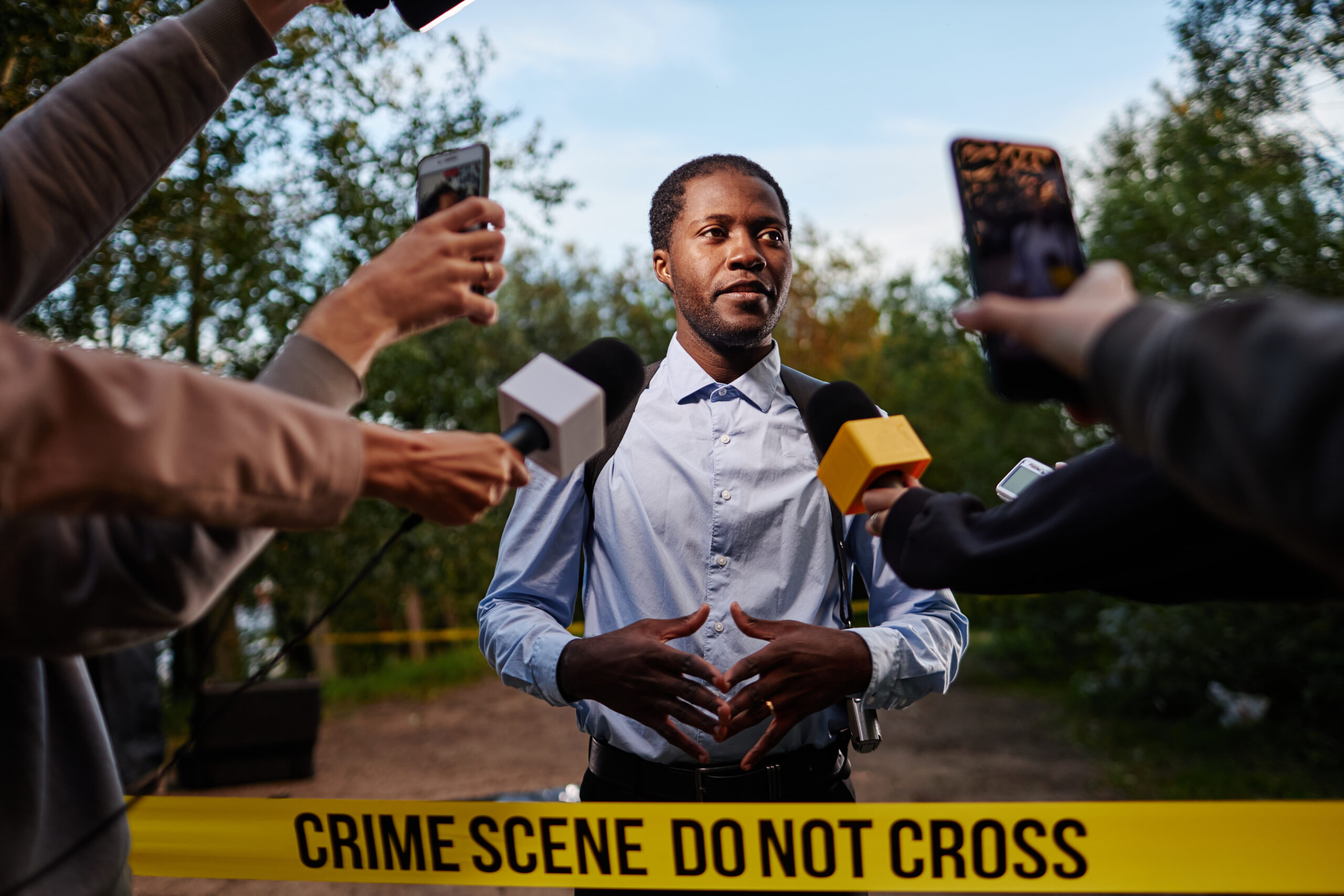
The world of crime and crisis reporting is marked by urgency, uncertainty, and emotional intensity. Journalists working in this field often operate under pressure, seeking to provide accurate and timely information while navigating dangerous or chaotic environments. Their work is essential to a functioning society because it sheds light on events that affect public safety, social justice, and governmental accountability. Despite the challenges, crime reporters continue to deliver stories that inform and empower the public.
Reporting Under Pressure
Crime reporters often find themselves in high-stakes situations where every second counts. Whether it’s a developing hostage situation, a police chase, or a mass casualty event, these reporters must gather facts quickly while ensuring that what they publish is correct. Unlike other forms of journalism, crime reporting frequently requires immediate updates as stories evolve by the minute. Reporters need to balance the need for speed with the obligation to verify sources and respect ethical boundaries.
When a crisis strikes, emotions run high among victims, officials, and the public. Reporters must maintain a level of composure that enables them to conduct interviews, follow leads, and document scenes with objectivity and impartiality. At the same time, they must handle sensitive information carefully to avoid causing further harm. This balancing act requires experience, professionalism, and a deep understanding of journalistic principles.
The Ethics Behind the Headlines
The ethical challenges in crime and crisis reporting are significant. Journalists must decide what to reveal, what to withhold, and how to present information in a way that informs without sensationalizing. For example, naming victims too soon, sharing graphic images, or describing details of a crime scene can cross ethical lines and cause actual harm. Reporters face tough decisions daily about how to handle sensitive content.
Even when the public craves full transparency, responsible reporters understand that some truths need careful framing. Ethical reporting doesn’t mean avoiding the hard facts—it means presenting them in a way that respects both the audience and the people directly involved in the event. Journalists use editorial judgment to protect the vulnerable while still upholding the right to know. These decisions often happen under tight deadlines and immense pressure.
Staying Safe While Telling the Story
Safety is a constant concern for those covering crime and crisis. Reporters can find themselves in active danger zones, near-violent crimes, or amid natural disasters and civil unrest. While the drive to capture a story is strong, experienced journalists know that no report is worth risking their lives. They follow protocols, wear protective gear when necessary, and communicate with editors and security personnel to effectively manage risk.
Still, unpredictability remains a part of the job. Some reporters carry emotional scars from scenes they’ve witnessed. Others must process the trauma of covering stories involving death, abuse, or destruction. Newsrooms have begun offering more support for mental health, recognizing that crisis reporters often bear the emotional weight of what they witness. This attention to well-being is critical to the long-term sustainability of frontline journalism.
Shaping Public Awareness and Policy
One of the most potent aspects of crime and crisis reporting is its impact on public perception and policy. A well-reported story can lead to criminal investigations, community action, or reforms in law enforcement practices. By bringing attention to injustice, these reporters can spark real change. Their work doesn’t just describe events—it often becomes part of the historical record and a catalyst for progress.
Yet, with this power comes responsibility. The way a crime is reported can influence how a community reacts, how a victim is remembered, or how a suspect is perceived. Reporters strive to ensure that they don’t perpetuate stereotypes or bias. They work to give a voice to all sides, especially in situations where marginalized communities are affected. Fair reporting helps maintain public trust and supports a more informed, equitable society.
The Ongoing Role of Technology and Social Media
Digital platforms have transformed crime and crisis reporting. Journalists now compete with eyewitnesses, citizen journalists, and live-streamers. While this opens new doors for information sharing, it also increases the risk of misinformation. Reporters must move faster than ever while verifying facts and maintaining professionalism. Social media can amplify both truth and rumor, making the reporter’s role as a fact-checker more vital than ever.
Technology also offers tools that can enhance storytelling. From body cam footage to satellite images, reporters use digital evidence to supplement their work. However, with this technology comes the responsibility to understand and explain the context, especially in emotionally charged or legally sensitive situations. Audiences rely on trained journalists to interpret these digital clues clearly and accurately.
A Commitment to Truth and Humanity
Despite the difficulties, crime and crisis reporters continue to do their work because they believe in the value of truth. They understand the importance of bearing witness, even when the stories are heartbreaking. Their commitment lies not only in breaking news but in helping the public understand the deeper layers of events that shape communities. These journalists don’t just cover the news—they reveal the human condition in moments of both tragedy and resilience.
In every press conference, every interview, and every late-night deadline, crime and crisis reporters stand at the intersection of fact and emotion. They gather fragments from chaos and shape them into narratives that help society move forward. Their work is not only about documenting what happened but also about asking why it happened—and what must come next.